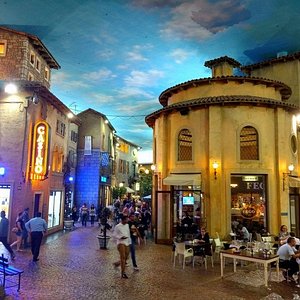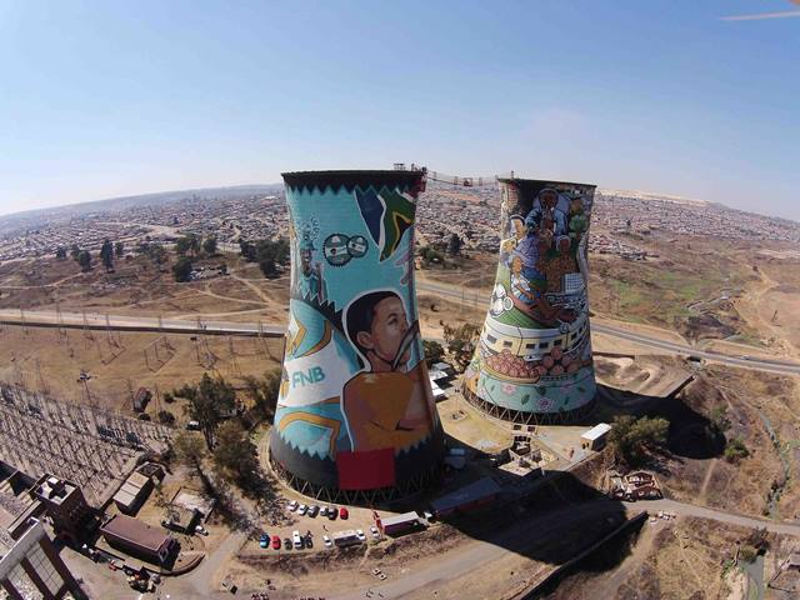Some Known Details About Johannesburg North Attractions
Some Known Details About Johannesburg North Attractions
Blog Article
Not known Details About Johannesburg North Attractions
Table of ContentsThe Basic Principles Of Johannesburg North Attractions 7 Simple Techniques For Johannesburg North AttractionsThe Single Strategy To Use For Johannesburg North AttractionsSome Known Factual Statements About Johannesburg North Attractions The Basic Principles Of Johannesburg North Attractions Getting The Johannesburg North Attractions To Work
The city grew on the edge of the Witwatersrand Main Reef, a below ground stratum of gold-bearing quartz-silica corporation that arcs for hundreds of miles beneath the Highveld - Johannesburg North attractions. Most of the gold mines in the city stopped procedure in the 1970s, however in its day the Witwatersrand gold industry accounted for more than 40 percent of the world's annual gold manufacturing.Johannesburg has a temperate climate. Summer season temperatures average about 75 F (24 C); winter temperature levels balance concerning 55 F (13 C) and just sometimes dip listed below freezing. The city appreciates about 8 hours of sunlight per day in both winter and summertime. Rainfall standards about 28 inches (700 millimetres) per annum, however the complete varies considerably from year to year.
What rain the city gets falls almost specifically in the summer months, typically in incredible late-afternoon electrical storms. Air contamination positions a substantial trouble, specifically in the cold weather, when thermal inversions hamper the westward circulation of air from the Indian Sea. Air pollution is most extreme in the largely resolved Black areas on the city's periphery, where several homeowners still depend on coal for fuel.

A Biased View of Johannesburg North Attractions
The equilibrium of the city is inhabited by whites. Accommodation differs in personality and high quality.
Physical development, although rather restricted by transportation, continued rapidly as migration to South Africa, and Johannesburg in certain, enhanced drastically.
A lot of bad residential areas were mixed, with bad blacks and whites living together, although the well-off suburban areas were normally booked for whites.
The previous system of eleven phoned number regions was reorganised in 2006. Marshalltown, as seen from the top of the Carlton Centre. The M1 and M2 run behind the structures, and the southern suburbs prolong past the highway limit. The central city of Johannesburg is located within the city's Area F. The number of people living in the inner city on an informal basis is unidentified, as numerous are prohibited immigrants. The unemployment, education and learning, and age accounts of the location are all you can check here unidentified, due to the visit our website difficulty of getting trusted info concerning the location.
A Biased View of Johannesburg North Attractions
Yeoville and Bellevue have a mix of home buildings and single domestic units on little great deals. The area is situated on a mountainous divide that runs from east to west.

Johannesburg Stadium, a training school for both the Golden Lions and Orlando Pirates, is adjacent. The eastern suburbs of Johannesburg are located in the city's 7th [] and 9th [] regions. The location is additionally functionally incorporated with East Rand border communities beyond the official limit of Johannesburg, such as Bedfordview and Edenvale (both component of Ekurhuleni Metropolitan District).
Everything about Johannesburg North Attractions
The eastern suburban areas are some of the earliest locations of Johannesburg, there are big communities of Jewish and other European histories, the majority of the populace is English speaking. There are 3 golf programs as well as a number of safeguarded ridges with viewsites.
Originally constructed to house male migrant workers, numerous have been enhanced as dwellings for pairs and households. The suburban area was not traditionally allowed to produce work centres within the location, so nearly all of its homeowners are commuters to browse around this site other parts of the city.
The Of Johannesburg North Attractions
The N1 Western Bypass links the northern suburbs with the north-western residential areas. The household locations in the northern suburbs are mostly official, without any considerable locations of casual housing, or real estate that does not have an irreversible framework. Although this is a well-known area, there is a pattern of land use change from residential to commercial, especially along major arterial roadways and around recognized nodes.
The location is well attached to road networks, especially along the north-south axis developed by the M1 and N1. Roads to the east and west are much less well established, as there are no highways travelling because instructions. In the direction of the north border of the city, the thickness of advancement reduces, leaving large areas of undeveloped land around Midrand.
Johannesburg North Attractions for Beginners
The first residential area to the north of the internal city is Parktown, which is located on a hill forgeting the inner city and Hillbrow. It has lots of wealthy residents and Edwardian-style estates, along with the Education and Medical universities of the College of the Witwatersrand. The big concrete Charlotte Maxeke Johannesburg Academic Health Center controls the sky line of Parktown.
Report this page